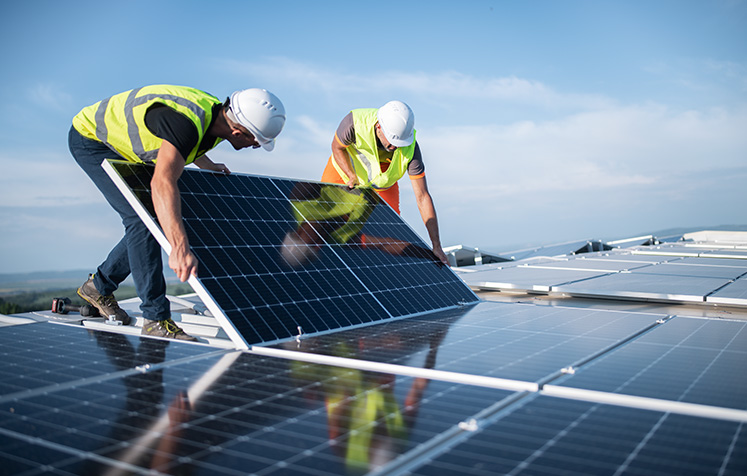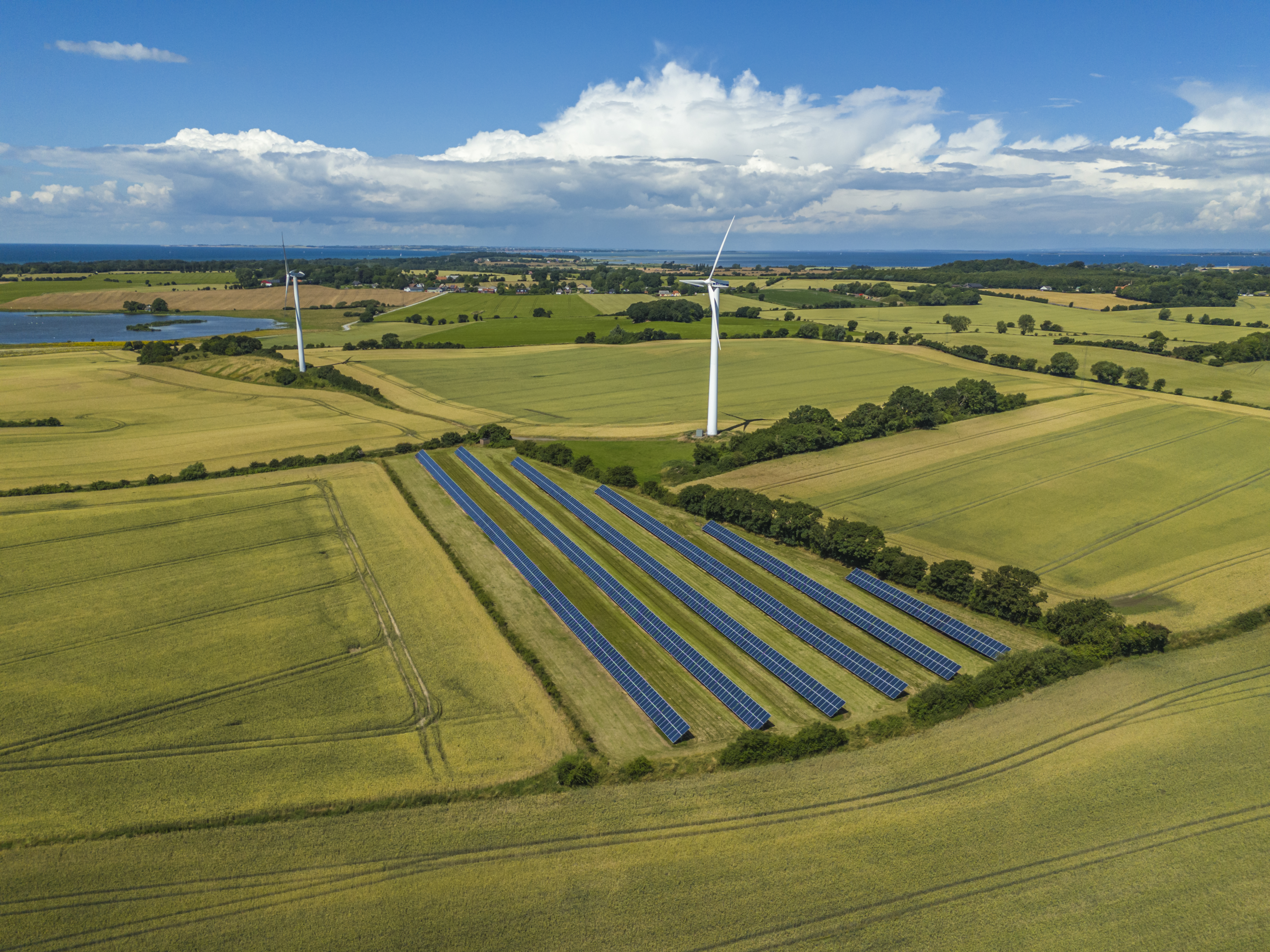Navigating the virtual PPA process: From RFP to contract execution

Virtual Power Purchase Agreements (VPPAs) have become a cornerstone for corporations aiming to meet their sustainability goals through renewable energy procurement. However, navigating the virtual PPA process can be complex, involving multiple stages from issuing a Request for Proposal (RFP) to finalizing the contract. This blog post will guide you through the essential steps and considerations in this journey.
1. Stakeholder alignment and internal buy-in
Before diving into the virtual PPA process, it’s crucial to ensure that all internal stakeholders are aligned and supportive of the initiative. This involves educating various departments about the benefits and risks associated with virtual PPAs. Managing stakeholder alignment is a key part of the process. Ensuring that everyone understands what a virtual PPA is and is comfortable with the associated risks and opportunities is fundamental to a smooth procurement journey.
2. Issuing and evaluating the RFP
The next step is to issue a Request for Proposal (RFP). This document outlines your company’s requirements and invites developers to submit their proposals. The RFP should be comprehensive, covering aspects such as project size, location, pricing mechanisms, and risk mitigation strategies.
Once the RFPs are received, they need to be meticulously evaluated. This involves assessing the technical and commercial viability of each proposal.
3. Shortlisting and negotiating terms
After evaluating the proposals, the next step is to shortlist the most promising ones. This is followed by detailed negotiations to finalize the term sheet. The term sheet is a non-binding document that outlines the major commercial terms, including price, location, and credit support requirements.
The term sheet is crucial in setting the groundwork for the virtual PPA. It helps both parties align on key terms before diving into the more detailed and binding VPPA contract. The term sheet phase can vary in complexity, depending on the client’s goals and concerns.
4. Drafting and finalizing the virtual PPA contract
Once the term sheet is agreed upon, the focus shifts to drafting and negotiating the actual virtual PPA contract. This is where the legal team plays a critical role, ensuring that all terms are clearly defined and legally enforceable. The virtual PPA contract includes detailed provisions on pricing mechanisms, risk mitigation, and credit support.
One of the key aspects of the virtual PPA contract is the pricing mechanism. VPPAs are typically structured as contracts for differences, where the buyer purchases the output of the project at a fixed price and the seller sells the power into the market at the market price. The financial settlement between the buyer and seller is based on the difference between the fixed and market prices.
5. Risk mitigation and credit support
Risk mitigation is a crucial component of the virtual PPA process. This involves addressing various risks such as counterparty risk, basis risk, and regulatory risk. Counterparty risk is managed through credit support mechanisms, which can include letters of credit, parent guarantees, or performance bonds.
The virtual PPA contract should also include provisions for managing basis risk, which arises from the difference between the hub price and the node price. This can be mitigated by tying the floating prices to a hub rather than a resource node, thereby reducing congestion risk.
6. Construction and operation phase
Once the virtual PPA contract is signed, the project moves into the construction and operation phase. During this phase, the legal team continues to support the buyer by addressing any legal issues that arise, such as delays or disputes about availability. The construction timeline and availability guarantees are critical components of this phase, ensuring that the project is completed on time and operates as expected.
7. Ongoing management and monitoring
Even after the project becomes operational, ongoing management and monitoring are essential. This includes reviewing monthly settlement invoices, ensuring compliance with the contract terms, and managing any changes in law or regulatory requirements. Regular communication between the buyer and the developer is crucial to address any issues promptly and maintain a successful partnership.
Navigating the virtual PPA process from RFP to contract execution involves multiple stages and requires careful planning and coordination. By aligning stakeholders, issuing a comprehensive RFP, negotiating detailed term sheets, and drafting robust contracts, corporations can successfully procure renewable energy through virtual PPAs. With the right legal and technical support, the virtual PPA process can be a powerful tool in achieving sustainability goals and mitigating climate change impacts.
Want to find out how World Kinect can support you with virtual PPAs?
Learn more about our Power Purchase Agreement solutions, or speak to one of our renewable energy experts today.



